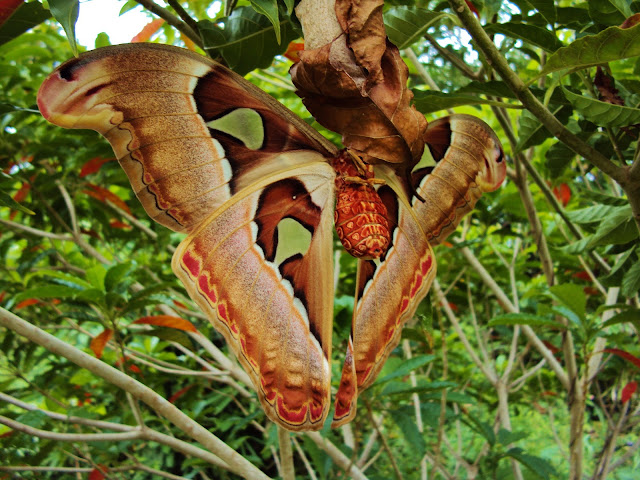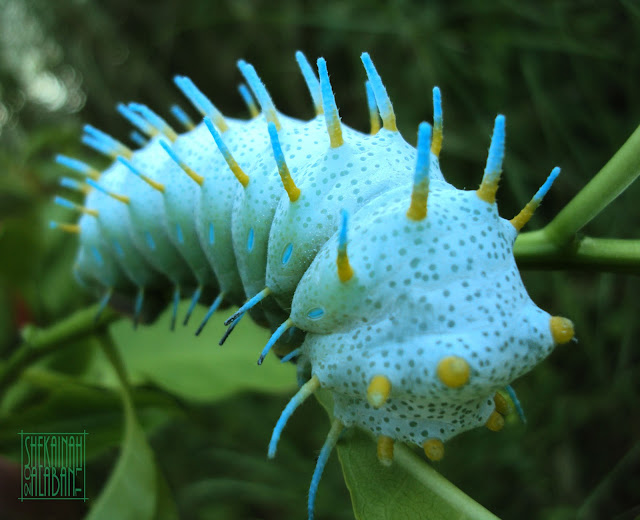From Wikipedia, the free encyclopedia
Gray Pansy |
|
|---|---|
| Scientific classification | |
| Kingdom: | Animalia |
| Phylum: | Arthropoda |
| Class: | Insecta |
| Order: | Lepidoptera |
| Family: | Nymphalidae |
| Genus: | Junonia |
| Species: | J. atlites |
| Binomial name |
|
| Junonia atlites (Linnaeus, 1763) |
|
| Synonyms | |
|
|
Upperside of both sexes pale lavender-brown, apical half of wings paler. Fore wing: cell with, three transverse, short, sinuous black bands, the outermost defining the discocellulars; a similar short, somewhat broader band beyond apex of cell; two transverse discal dusky black fasciae, the inner highly sinuous and outward, angulate above vein 4, the outer straighter, somewhat lunular, bordered by a series of whitish ovals with dusky or black centres. The black-centred spots in the ovals in interspaces 2, 5, and 6 margined posteriorly with rich ochraceous yellow. Beyond this series of ovals is a lunular, narrow, transverse dark band, followed by sinuous subterminal and terminal broad dark lines. Apex of wing slightly fuliginous. Hind wing: a short slender black loop from veins 6 to 4 at apex of cell-area ; two discal sinuous transverse dark, fasciae in continuation of those on the fore wing: followed by a series of dark-centred ovals in interspaces 2–6, the ovals in interspaces 2, 5, and 6 with the dark centres inwardly broadly bordered with ochreous yellow; postdiscal, subterminal and terminal dark lunular lines as on the fore wing.
Underside lilacine white markings as on the upperside but very delicate, slender and somewhat obsolescent. In the dry-season forms of the males the rows of oval ocelli are only indicated by the yellow-centred ovals. The most prominent marking is the inner discal fascia crossing the wings; this is much less sinuous than on the upperside and not angulated on the fore wing. In the females the markings are all heavier and more distinct, the space between the various transverse fasciae tinged with ochraceous.[1]
Larvae feed on Asteracantha longifolia, Alternanthera philoxeroides, Barleria, Hygrophila lancea, and Hygrophila salicifolia.[2]







.jpg)

.JPG)

.JPG)

















